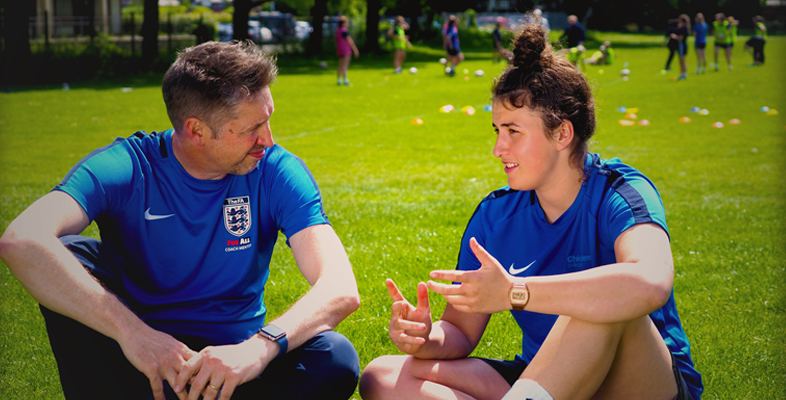4 First impressions count
The first impressions you portray can have a very important impact on how a relationship develops. How you begin relationships should involve careful thought.
You will now explore this further in two activities, the first in a large group educational situation and the second in an individual mentoring context.
Activity 4 Meeting over one hundred new learners at once
A first meeting is slightly threatening for both parties since those you meet might have inaccurate perceptions of you and you will be concerned about getting off on the right foot.
What about the challenge of meeting over one hundred new students at once in a lecture situation?
Listen to this audio of course author Ben Oakley and identify five strategies he adopts for this type of situation and notice any links made to person-centred humanist ideas.
Transcript: Audio 2
Discussion
In his strategies Ben ensures the following:
- He greets people at the door – this provides a welcoming atmosphere and sets an example of the environment he wants to create.
- He is authentic in his communication – both in his opening remarks and also while talking to people at the door he speaks genuinely from the heart in a way that is congruent and person-centred. Smiling warmly also helps.
- He discloses biographical information to support his relationship with the group – he talks about trying to show empathy (i.e. person-centred) with those in the audience although there is a balance as to how much of this is appropriate.
- He demonstrates that he values the learners and what they can offer.
- He asks easy safe questions and in so doing talks about his distinct aims connected with:
- his familiarity with the audience
- encouraging participation
- showing that the audience is varied, and
- acknowledging there are people with common experiences.
This activity demonstrates the importance of planning the initial meeting with building rapport in mind. Beyond group situations how would you go about planning an initial one-to-one meeting? How might the situation and context of this meeting influence your plan?
For example, would it change if you were meeting a beginner coach or a highly experienced, respected and well-known coach in your sport?

